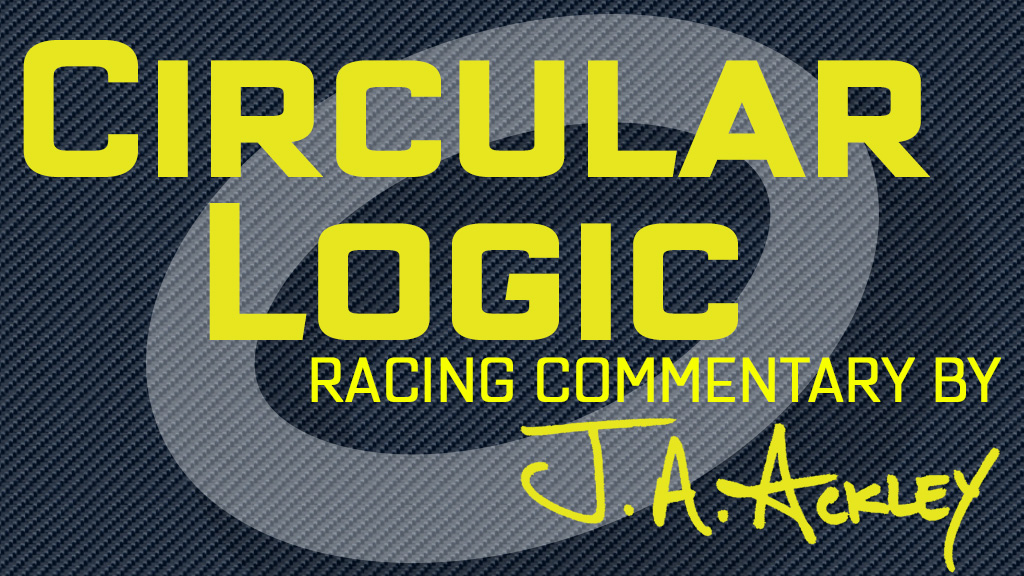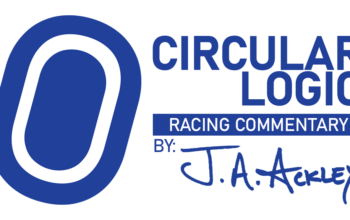Many members of the media industry, including those in the automotive segment, envision themselves as purveyors of truth. They spend hours — often living off of lukewarm coffee and/or energy drinks, with a side of stale junk food — hunting down the facts and piecing them together in a fashion that the public can easily understand within a few minutes. At least that’s what most media members would like to think.
Consumers of content (as corporate types like to call you) expect media coverage with sound journalistic principles behind it. Yet, in this #fakenews era, people know better. What’s truth? What’s fiction? What’s the spin? Everything is questioned by everyone — and rightfully so.
The automotive media is not removed from this. Far from it. The public knows it, too.
Over the course of my 20-year career as a member of the media, I’ve had many memorable conversations. I often think of one in particular. This discussion occurred in the pits with an owner of an engine rebuilding shop. He’s not the type who just slaps parts together and calls it a motor. Instead, he continuously studies his craft to improve his work — and he found one area of research useless.
“You know, media articles are there just to pump up their advertisers,” he said.
“Really?” I said, trying to get him to elaborate.
“Yeah! It’s so obvious,” he said. “No decent engine builder would use some of the stuff they use in those articles. Then, a few pages later, you see an ad for that part. Is that a coincidence? C’mon, I know better. These articles are of no use to me.”
That conversation, which took place years ago, still hits a nerve with me.
Much of the automotive media industry uses a pay-to-play model, to varying degrees. If you buy an ad, you get coverage. Don’t buy an ad and you probably won’t get much coverage (if any). This practice dates back several decades, but only recently has it become more overt as the media industry struggles.
You may come across an article with no author cited. Or, perhaps it has a byline attached to it, but when you search for that author online, you come up with zilch. Most media members love seeing their name — you should find something about them.
If you encounter one of those two scenarios, the media outlet has something to hide about that author. Sometimes, it’s because the advertiser hires their own people to do the piece. This often results in material that comes off as inauthentic or soulless because a company writes to sell their product and services rather than focus on solely informing the reader — it’s a subtle distinction in style, but quite noticeable.
Nevertheless, by having advertisers produce their own stories, the advertiser receives favorable coverage that they control. The media outlet increases their revenue and profit (an ad plus a free article). The ad sales rep gets their commission. Everyone wins. Well … except the reader.
A sanctioning body executive with years of experience outside of racing once told me about their shock at discovering how automotive media outlets readily use press releases. In their entirety. Word for word.
Some publishers view this as free content, which results in the exact same story running across several different media outlets. This helps satisfy the public’s insatiable need for content just as a fast-food burger made with questionable filler material does with one’s hunger. Is that practice healthy? Well, is that laboratory-engineered burger?
Seasoned media vets mockingly call some of their peers “trough feeders.” These media members rely solely on what PR reps tell them, either via a press release or a press conference. They don’t dig any deeper. They don’t verify facts. They don’t get the other side of the story. Instead, they wait for the PR-produced piece to come to them so they can regurgitate it like a cow with their cud.
To be fair, the media members’ effort often matches what they get paid, which is next to nil. In fact, most don’t receive a dime for their work — only a free pass under the guise of media credentials. Likewise, the media outlets that “hire” these workers couldn’t pay them anyway as they barely make ends meet.
These people and companies have bills to pay so they got to do what they got to do to survive — but does that make it right?
Advertisers (which consist of many companies, including manufacturers, retailers, and racetracks), media outlets, and PR reps are not the problem. The automotive media industry’s business model used for decades is. The number of media outlets continues to decrease, proving the model fails to work.
The industry needs to do something different.
Advertisers have to appreciate the value of advertising and independent reporting. That establishes credibility. Only with credibility do truly great products and services get the attention they deserve from that outlet’s audience.
PR reps need to serve the media as the point to reach the source rather than being the source itself. That allows the true source to provide a more in-depth perspective on their side of the story rather than forcing a member of the media to repeat a legally crafted statement that’s virtually meaningless to the public.
Lastly, readers and viewers of this content need to hold media outlets accountable. Write in. Ask them questions. A true member of the media welcomes this. After all, their mission is to seek and reveal the truth.
Here at Outside Groove, we will do our part. We pledge transparency — both of the connections that the author has with the story’s subjects and the subjects’ connection with Outside Groove. We will seek perspective from multiple sides of the story, directly from those involved. Advertisers will advertise with Outside Groove based on the merit of reaching our audience rather than how many mentions in stories we can deliver to them. And our readers will prove there’s power in numbers, not only in funding Outside Groove through subscriptions, but holding us accountable to these standards.
We at Outside Groove will free ourselves from the broken automotive media industry model.

The Outside Groove Executive Editor has covered motorsports since 2000. His many awards include the 2019 Eastern Motorsport Press Association (EMPA) Jim Hunter Writer of the Year and the 2013 Russ Catlin Award for Excellence in Motorsports Journalism.


